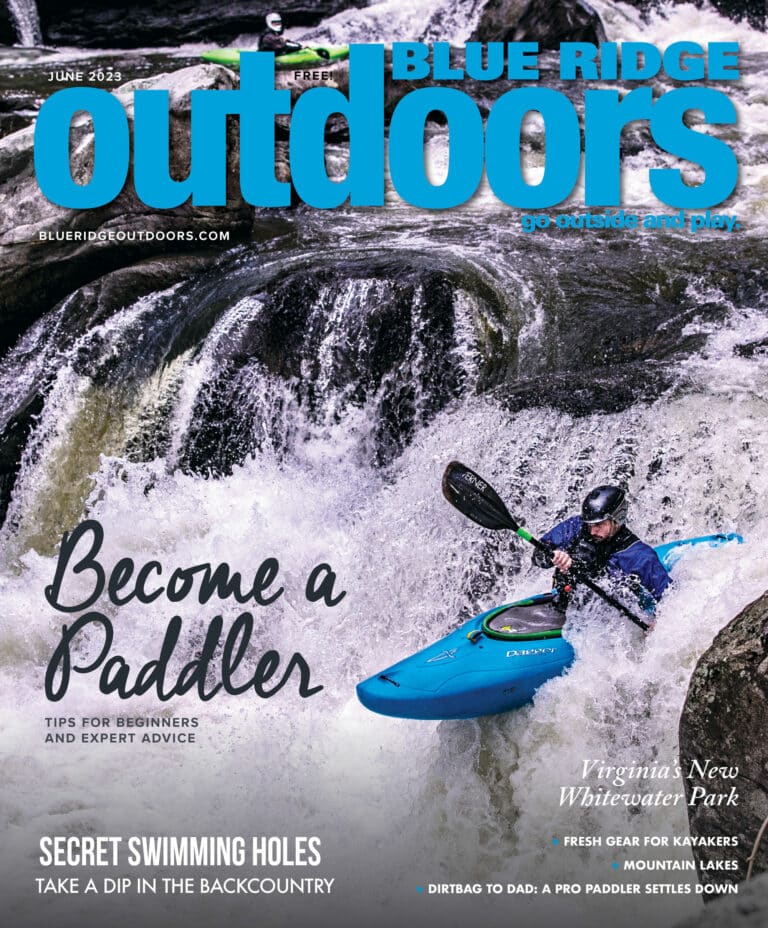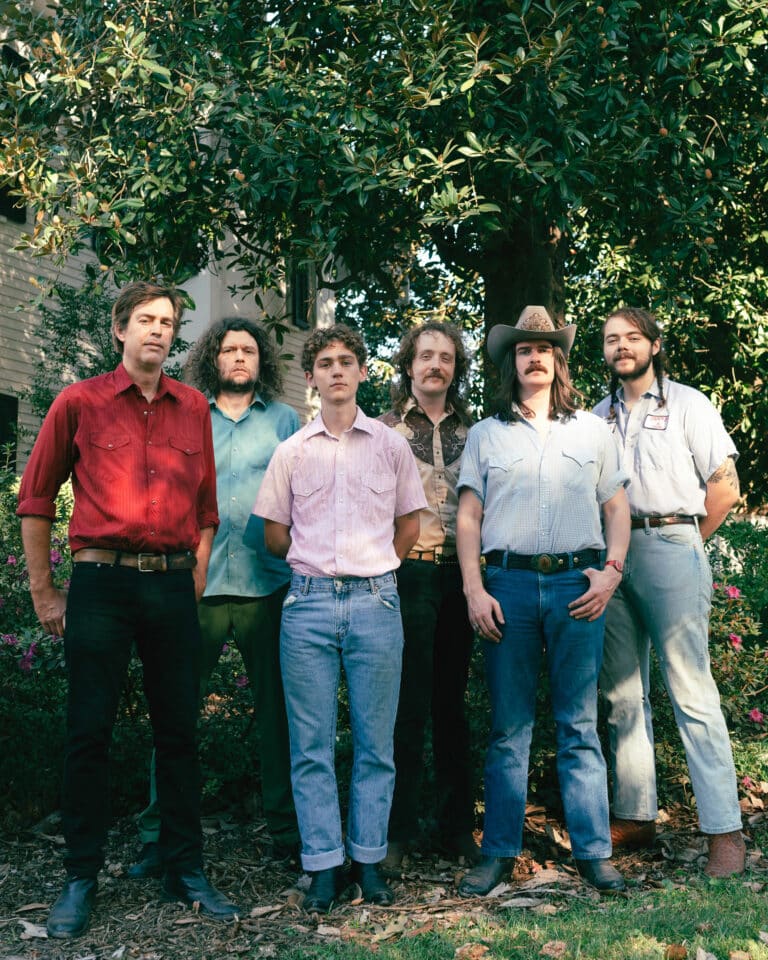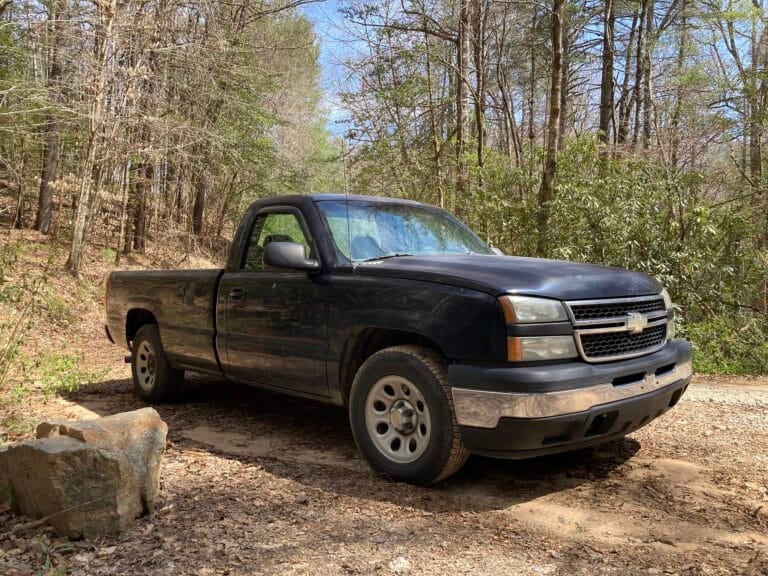Kayaking is an ancient form of transportation, dating back over 4,000 years. Indigenous peoples of the Artic are credited for the first kayaks, mainly using them for hunting on open rivers, lakes, and coastal waters, and for transportation during times of travel and migration. And now kayak fishing is gaining popularity in the South East.
Kayak fishing has recently exploded in the sport fishing world. They are relatively inexpensive (compared to drift and motor boats), low maintenance, and can easily be stored and transported. They provide a stealthy way to sneak up on fish and can easily access hard to reach habitats.
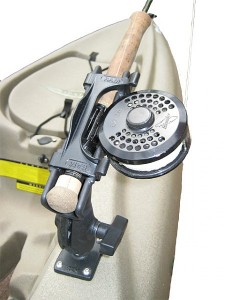
Kayak Fishing with a fly rod is no different than beginning any other hobby. It can be overwhelming with all the options available and can be frustrating at first, but like all things, practice makes perfect. Take your fly fishing game to the next level with these 5 quick tips on where and how to begin in the world of kayak fishing.
1. Boat Selection is key.
Kayaks come in all shapes, sizes and colors. You need to analyze where you fish the majority of the time, and what is important to you when you’re out on the water. Ask yourself, what fish do you want to catch and where do they live?
Do you paddle on open waterways where tracking and speed make life easier? Maybe you’re out chasing reds in the coastal regions or taking on bigger lakes in search of striped bass. Look for a longer kayak with tracking ability that will allow you to cover more ground quickly and with less effort.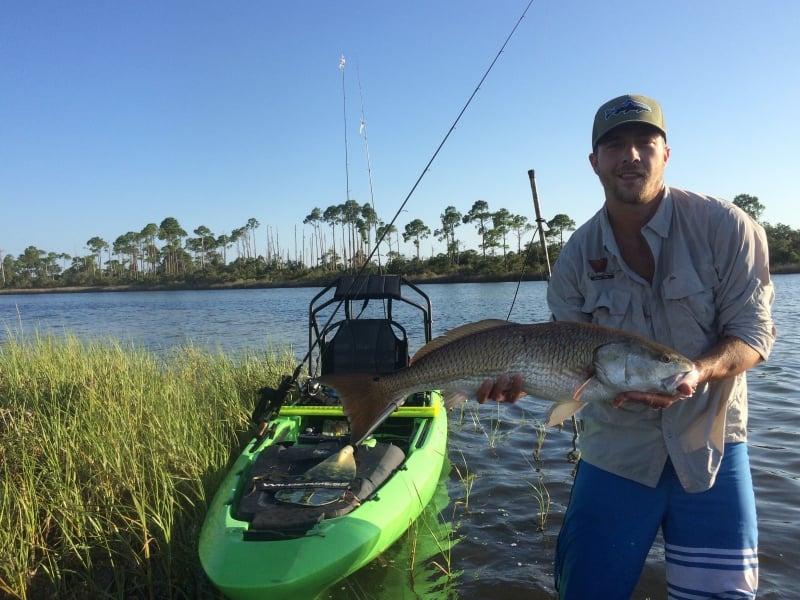
2. What is life without accessories right?
Here are a few key accessories that you need to have for successful kayak fishing.
PFD – Find a PFD (Personal Floatation Device/Lifejacket) that fits you and is comfortable. Now wear it. It can SAVE YOUR LIFE. Make sure it works with the seating of your kayak, so you can stay comfortable during long outings. Pick one that will also act as a fishing vest. Keep your essential fishing tools easily accessible.
Paddle & Paddle Leash- Again, endless options out there. Know the width of your boat, your height and arm span. Pick a paddle that is the right length for you. You need to get the most of each stroke. Picking the wrong paddle will only make you work harder on the water. Save your energy to get more casts in. Have some way of connecting your paddle with your boat at all times. Nothing would suck more than being stuck off-shore (or up the creek) without a paddle.
Rod holders- Several fishing kayaks now come with top of the line rod holders. Test a few out to see which ones you like best. Move them around to different places on your kayak and experiment to find a setup that works for you. Two I recommend are Scotty Rod Holders and Mounts and Ram Mounts Rod & Accessory Holders
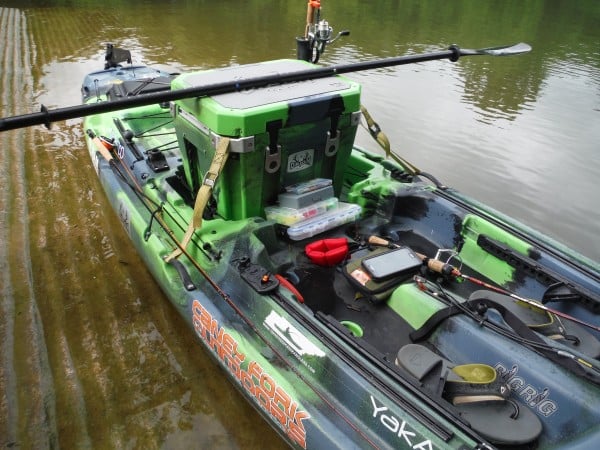
Cooler – You need to have a cooler, and it needs to fit on your boat. If you have a sit-on pick a good collapsible cooler that can fit in your dry storage or behind your seat. The Yeti Hopper is a great example. For sit-on-tops most kayaks have a large deck in the front or back of your boat that a cooler will fit on. The Orion Coolers by Jackson Kayak provide a great seat and/or standing platform on several of their fishing kayaks. With 4 tie down points, you can easily strap it down to your kayak.
Once you pick out your accessories and have your ideal set-up, test it out. Find out how to rig everything for a successful day of kayak fishing. Distribute the weight as evenly as possible. It will help you with stability. Plan on a capsize. Make sure everything is secured to the boat before heading out. Again, practice your cast after you have your set-up figured out. Know where your line will go and where everything is located so you can access it quickly.
3. Plan to get wet, try to stay dry.
Wear the right clothing.
Quick drying and self-wicking apparel can make a big difference on the water. If you’re in the sun, pick clothing with SPF capabilities. In colder environments, focus on keeping your extremities warm. Elements can be more severe on the water. Plan on quick weather changes. Be prepared and check your forecast, tide schedules, and/or river flows & releases before getting on the water.
It’s all in your HEAD! Keep your head centered in the kayak. Most fishing kayaks are designed to be as stable as possible within their design. But if your center of balance goes too far one way or the other, so will the boat. Keeping your head centered will drastically reduce your chances of capsizing. Again, practice your cast, sitting and standing, so you can find your balance. Lean over the edge only when you need to, and lean with your body keeping your head as close to the center of the boat as you can.
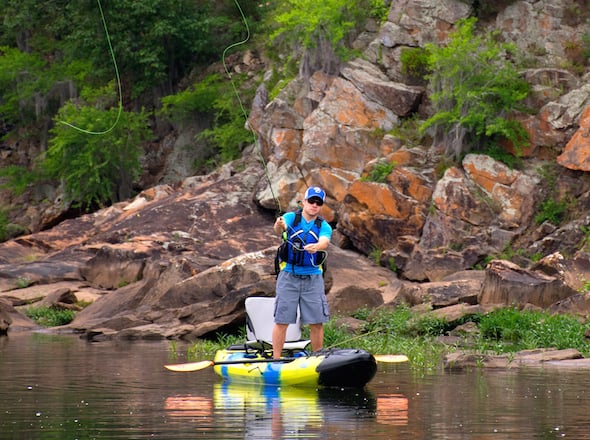 4. Casting from your kayak.
4. Casting from your kayak.
Where you are fishing will determine the cast you use the most. Big open water allows for more overhand cast, whereas tight streams require more roll and side arm cast. Practice your cast before heading out. It will feel a bit different from your kayak at first. Naturally, the less body movement and body weight shifting the better. Casting with your rod and line closer to the water can be difficult. Maintain a firm wrist when casting and put more emphasis on an abrupt stop no further than the 2:00 position. It is easier to drop your rod and cause line slap out of a kayak. Keeping a firm wrist and paying attention to your stop points can help you avoid spooking fish. Always pay attention to your line. Line management is key, and remember to anchor up before casting and secure your paddle before grabbing your rod.
5. Landing a Fish.
If you’re standing when you set the hook, most anglers will try to ease their way to a sitting position while playing the fish. Stabilize yourself. Keep your line tight and rod above head. (Head centered in kayak) This will allow you to maneuver the fish and avoid obstacles such as anchors. Use your seat and foot pegs for balance. Fish grips are a popular way to handle fish on a kayak, but many keep a net ready. Your preference.
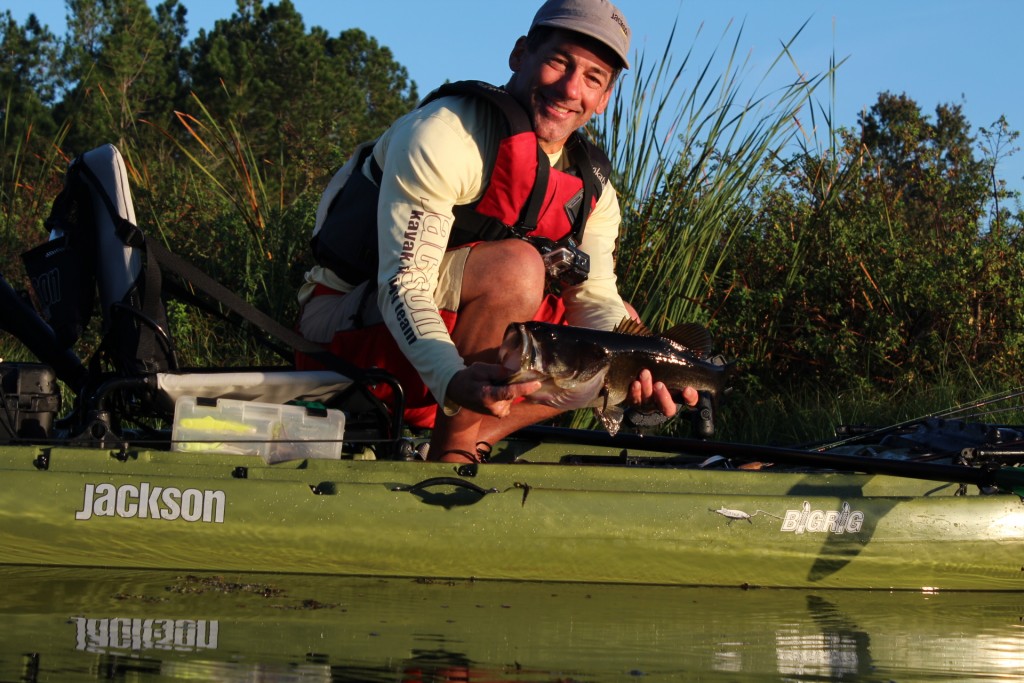 Many local outfitters have demo and rental kayaks. Take advantage of this. Rent a few different styles of kayaks/SUPS to see which one fits you best. A good test drive before committing to buy is always recommended!
Many local outfitters have demo and rental kayaks. Take advantage of this. Rent a few different styles of kayaks/SUPS to see which one fits you best. A good test drive before committing to buy is always recommended!
[divider]About the Author[/divider]
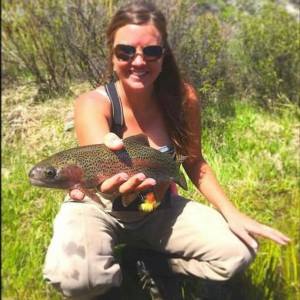
Jessica Whitmire is the Operations and Marketing Director for Headwaters Outfitters, a Fly Fishing and Paddle Sports Outfitter located in Rosman, North Carolina on the banks of the French Broad River. Headwaters was voted Best Fly Fishing Outfitters in 2016 by Blue Ridge Outdoors readers.
